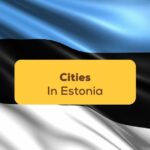Looking for travel tips for South Korea? We got you covered! In today’s post, we will walk you through the essential Korean-based information that you need to know to travel like a pro in this Asian country. If you are ready for that, then keep reading below!
The country of South Korea is a beautiful place to visit, with many natural and man-made wonders. The country has an abundance of historical sites for you to explore and modern attractions like amusement parks and theme parks. It has a lot to offer to those willing to take the time and effort to learn about its history and traditions. One of the most popular tourist destinations in South Korea is Jeju Island. It’s famous for its natural beauty: lush forests, volcanic mountains, beaches that stretch for miles, and waterfalls that cascade into pools of crystal-clear blue or emerald-green water.
10 Travel Tips For South Korea
Is this your first time traveling? If it is, then Korea is the perfect place to go to. The country is unique, and there are tons of exciting attractions and activities to do there. But before you book your ticket, we’ll go through some of the essential travel tips for South Korea in the sections below.
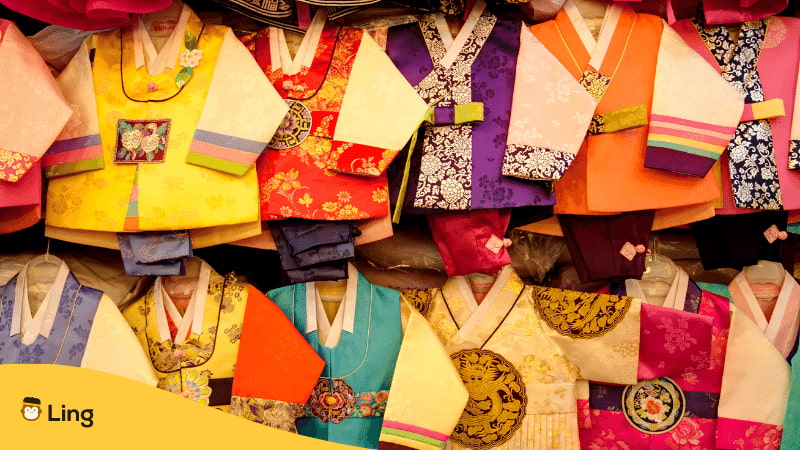
Learn About The Korean Culture And Customs
The people of South Korea have a deep sense of national pride. South Koreans are very proud of their history and culture, which has developed over thousands of years. This is reflected in their customs and traditions, passed down from generation to generation. The culture of South Korea is deeply rooted in Confucianism, Buddhism, and Taoism. The traditional family system places a strong emphasis on the role of elders as heads of the household who make decisions for all members, including children and spouses who may not be related by blood or marriage. In this way, it differs from the Western model, where individual freedom is valued over familial ties.
In South Korea, many people wear a hanbok to social events. Hanboks are traditional Korean clothes that have been worn for centuries. The hanbok is typically made of silk and has a long skirt with a slit up the side, an overcoat with wide sleeves, and a jacket or blouse underneath. The hanboks come in many different colors, shapes, and sizes. They can be worn for any occasion, from birthdays to weddings.
Learn The Korean Alphabet
This is one of the most essential South Korea travel tips. Before traveling to South Korea, you should learn the Korean alphabet. If you don’t know how to read and write, there will be a language barrier between yourself and others in South Korea, and things can get tricky for those who are not familiar with the language. You’d want to be able to pronounce words correctly and read signs and menus in restaurants so they can order food, and it would be easier if you learned what some of the letters in the Korean alphabet look like to figure out how they sound and pronounce them when reading.
The Korean alphabet is called Hangul, and it consists of 24 letters. 11 vowels, 14 consonants, and two double-consonant syllables make up this writing system. This blog post is an excellent guide to Hangul, so feel free to check it out.
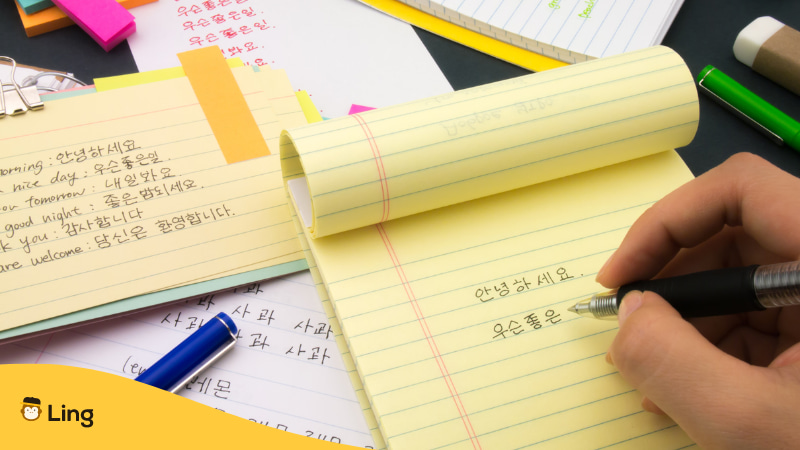
Learn Some Basic Korean Phrases
Language is one of the most important aspects when it comes to traveling. If you want to visit South Korea, it is important to learn some basic phrases in Korean before you go. The language barrier can be a major problem for tourists and travelers, especially if they do not speak Korean. Knowing what you want to buy or where you are going without having someone’s help can be hard because there are no English signs in South Korea. You might also need help ordering food or asking for directions from locals who don’t speak your language either, so learning some simple words and phrases in Korean will come in handy.
Asking questions about family members and making compliments are also good ways for foreigners to get acquainted with Koreans. You can check a more comprehensive guide to basic Korean words and phrases.
Get To Know The History Of South Korea
One should learn about the history of South Korea before traveling to South Korea because it is essential for understanding what happened in the past and how that contributed to what is happening today. South Korea is a country located in southeast Asia. It had many different names over the years, but it was formally called the Republic of Korea in 1948. South Korea was created due to the Korean War and divided into two parts as we know them today: South and North Korea.
The Korean War ended with an armistice agreement, not a peace treaty, which means that the two Koreas were technically still at war.
If you want to learn more about it, check out the War Memorial Museum when visiting South Korea. It was created to honor the Korean soldiers who died during the Korean War. The museum showcases an array of weapons, uniforms, and paraphernalia from this time period. It was opened on July 27th, 2014. in Seoul, and has been a popular tourist attraction ever since. The museum is housed in a beautiful building with several floors to explore.
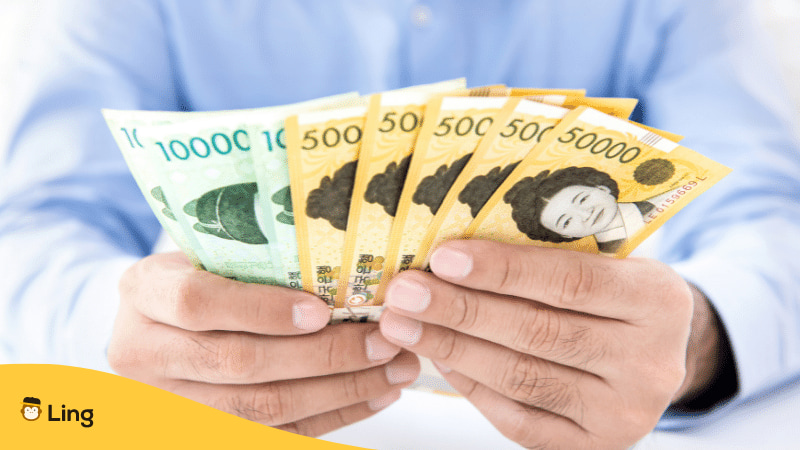
Learn About The Currency
If you plan a trip to South Korea, you should know at least a little about its currency. The currency in South Korea is called Won (KRW). One won is divided into 100 jeon. The banknotes are in denominations of 10,000, 5,000, 2,500, and 1,000 won, while coins come in 500 jeon (1/2), 100 jeon (1), and 50 jeon (5).
The won has been around since 1953 and was initially pegged to the U.S. dollar, but now floats freely against other currencies. Since then, it has maintained its value at about 100 won to $1.
Book The Accommodation In Advance
Book accommodation well before visiting South Korea because it can be difficult to find accommodation during peak season, especially when visiting popular tourist destinations such as Seoul or Busan.
The country has a lot of tourist attractions, and most of them are popular with tourists, so it is hard to find an available place for accommodation. Cheap accommodation is not easy to find at the last minute. Many hotels and motels in the capital city of Seoul can be expensive. It is advisable to make reservations beforehand if one wants to stay at a hotel or motel because it can be difficult and expensive to find a place to stay last minute.
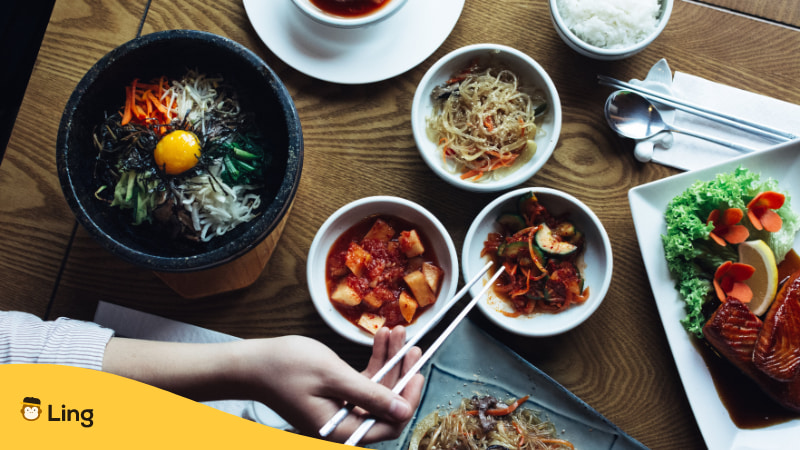
Don’t Forget To Try Out Korean Food
Korean street food is a must-try when in Korea. There is a wide variety of street food found all over South Korea. The best place to buy it is at the night markets, where you can find many different types of dishes, from traditional Korean bbq to noodles and fried doughnuts. One thing that is not found on many menus is kimchi fries- French fries are covered with sauerkraut, cheese, and spicy mayo sauce. These dishes range from traditional Korean cuisine, such as kimbap, to more Westernized options, like hamburgers. There are also many different types of fried chicken, including spicy, sweet, and salty flavors.
Some of the most popular Korean dishes include kimchi, Korean stew, Bibimbap, Korean fried chicken, red rice cakes, and many more. Look at the most popular Korean words and phrases about food here.
Korean Drinking Customs
If you’re looking for a drinking culture that is all about the good times, then look no further than South Korea. From social gatherings to traditional ceremonies, Koreans have an abundance of drinking customs.
The first thing one might notice when exploring Korean drinking culture is the importance placed on social gatherings and events, and drinking is considered a social activity. Another essential thing is that you are supposed to let the seniors have the honor of pouring the first glass because it’s considered respectful. You should pour and receive drinks using both of your hands.
In addition to that, toasting is an important part of the Korean drinking culture, and you should always click the glasses while positioning your glass a bit lower than those of a higher status. Anything other than that is considered impolite.

K-Pop Culture In South Korea
K-Pop is a South Korean culture that has taken over the world. K-pop is a type of music and cultural phenomenon in South Korea, with many K-pop stars becoming international celebrities. K-Pop songs are filled with catchy beats, incredible dance moves, and unique fashion styles that can be found almost anywhere.
The K-Pop industry is a billion-dollar business in South Korea. It’s a thriving culture that has been around for decades, and it continues to grow, so if you get an opportunity to go to a concert, purchasing tickets for one of those spectacular events is something you shouldn’t miss.
Popular Tourist Attractions
From Seoul’s bustling shopping districts to the beautiful natural landscapes and historical landmarks, South Korea has something for everyone. Seoul Tower The tallest tower in South Korea, Seoul Tower offers panoramic views of the city from its observatory deck. You can experience the four seasons in any place in South Korea as you travel for the best summer vacation spots here.
The Seoraksan national park is a popular tourist attraction located in the Gangwon Province of northeastern South Korea. It’s known for its natural beauty and has been designated as a UNESCO World Heritage Site. There are many things to do at this site, such as hiking up one of the peaks, taking pictures from various points around the area, or visiting some of the temples that dot the landscape. You can also visit Sokcho City, just an hour away from Seoraksan.
It’s known as the water city for its scenic coastline and abundance of fresh seafood restaurants. Sokcho is a coastal city with an average elevation of about 150 meters above sea level. The Yellow Sea, or West Sea to Koreans, provides much of Sokcho’s natural beauty and resources.
Learn Korean With Ling App
Are you looking for a fun and interactive way to learn Korean? The Ling app might be the perfect app for you. The Ling app was created by a team of experts in language learning. The app features a variety of lessons, ranging from conversational phrases to grammar rules. It’s perfect for beginners or those who want to brush up on their skills.
Our app is available for both the Play Store and App Store, so download it now and start learning!















